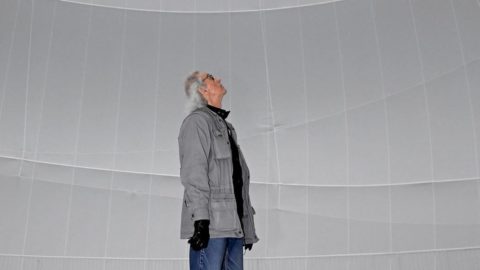It was true love. declared with an overwhelming hug. Almost out of My friends, the famous film by Mario Monicelli, with Ugo Tognazzi. The scene: a long table set in the ground floor hall of a Tuscan villa. He stands up and leaps onto the table and runs across it to the other end, shattering plates and glasses, to dive down to shake what from that moment on becomes the friend of life.
"We risked breaking our necks," says Giuliano Gori, one of the most important connoisseurs and collectors of contemporary art in the world. But such was the irrepressible joy that Christo felt that he had to release the emotion with that irrepressible gesture. Gori recalls the episode to commemorate the famous artist who died on May 31st.
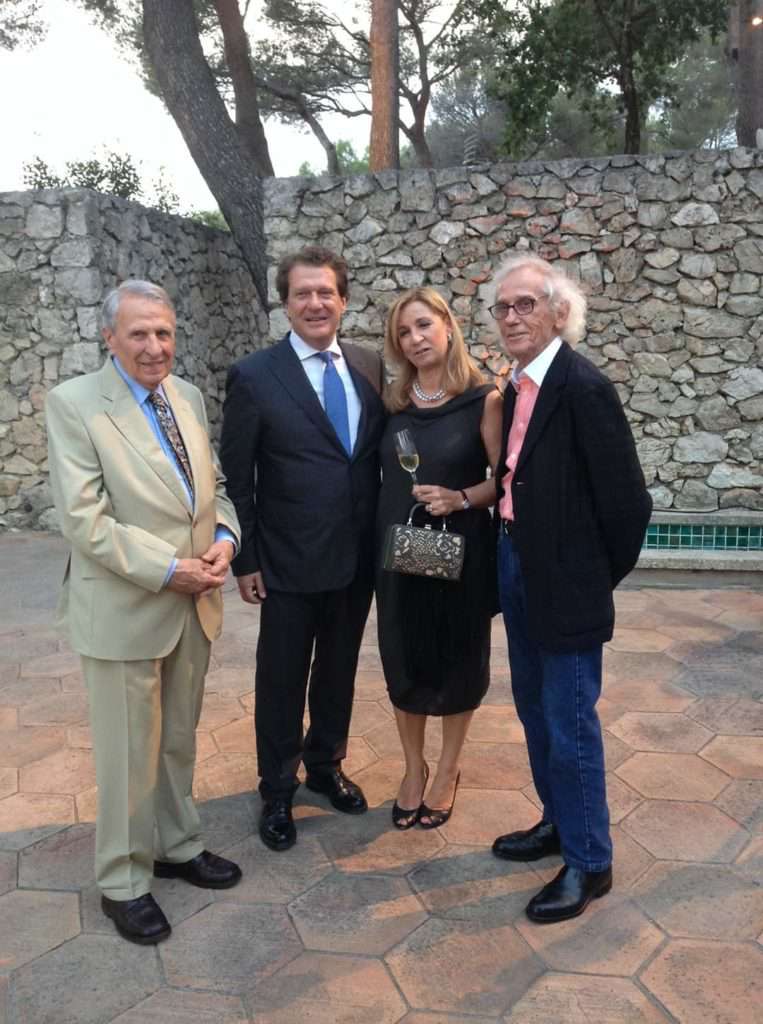
Giuliano Gori, Paolo and Serena Gori, Christo and meet at Fondation Maeght, Saint-Paul de Vence, 2016
It was the month of roses, forty-six years ago. In the splendid eighteenth-century residence nestled on the Pistoia hills, recently chosen and purchased to give life to what would become the Fattoria di Celle, the largest and most authentic collection of environmental art in existence, Gori had organized a welcome dinner for the guest who had just arrived from New York. There were 80 guests, but 400 people arrived ("All out on the lawns, eating with a plate in hand"), so vast was already the fame of the brilliant interpreter of Land Art.
«The idea of inviting Christo was born because my friend Giannino Veronesi, father of Sandro, the writer, one day said to me: – Listen Giuliano, here in Prato, in Florence, in Tuscany, it's a funeral home. Nothing happens anymore in art. Why don't you bring someone to wake us up from this torpor? – Someone like Christo? – Yes, exactly, someone like him».
Gori he did not know Christo personally. «So I sent him an invitation letter, concluding it by writing that I was sure he would not come, but at least that he would send me a reply postcard». Instead of the postcard, a telegram arrived: 'I accept. Why not come?"
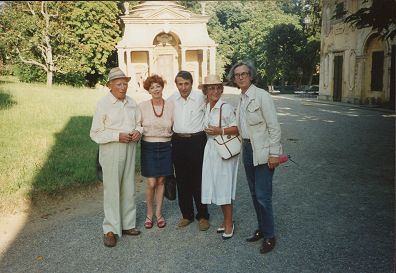
Christo had made in 1972 the Valley Curtain, the gigantic orange tent that united the two banks of the Colorado canyon, where it is still wide and not very deep. And it was very sorry to leave New York without having seen the film documenting the performance.
Gori, through his New York friends, managed to get hold of the film. “It's driving us crazy, they told me on the phone. We'll send it to you and when it arrives, show it to him right away." During dinner, at a sign from him, the screen was lowered and the projection started, surprisingly. Christo's explosive happiness she turned into a run on the table and a dive to embrace Giuliano.

Christo returned to Celle many more times, often incognito, to take a break from work and social commitments. «He called Me and said: – You are my spiritual and real refuge; don't let anyone know I'm coming. Don't worry, no one will know." He arrived together with his inseparable wife, Jeanne-Claude, born on the same day, June 13, 1935. «Jeanne-Claude had a mad passion for Pasta del Capitano, the toothpaste, and for Baci Perugina. Every once in a while she would put some in a packet and mail them to her, without so much as a note.'
Once, at the villa, she wanted to have a private conversation with Giuliano, and they walked through the park. «Listen Giuliano, I saw that room in the farm tower. It's not fair that you have nothing of ours. Send me the plan." Gori never sent it to him. "I thought I was taking advantage of it." She was a little hurt. On many other occasions it was Giuliano who was their guest, with the equally inseparable Pina, in SoHo, the New York neighborhood chosen by artists as a place to live and work.
Or they met around the world. "I'm in Paris, when are you coming?". And Giuliano took the plane to go to his friend's. «He was packing up the Pont Neuf. Seeing him work and with great precision synchronizing the volunteers: a real party!».
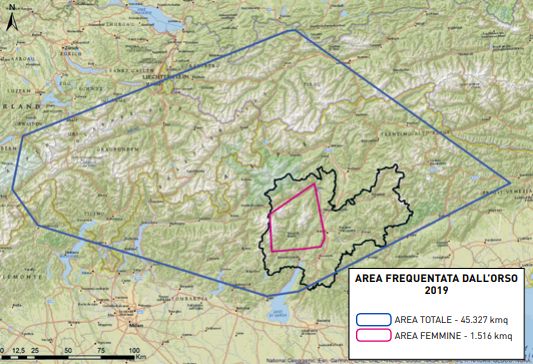
Paris was a special city for Christo. There, in 1958, he had met Jeanne-Claude. Together they had created various works. the last, The Arc de Triomphe, Wrapped, should have been visible from 16 September to 9 October next. But the installation had been postponed to 2021 due to the health emergency.
Giuliano loved his friend so much that he wrote him a post-mortem open letter. A few lines to remember the daring first meeting. And the last, in September 2016, in Saint-Paul de Vence, from our mutual friend Isabelle Maeght, while the celebrations were underway on Lake Iseo for The Floating Piers. "Who could have guessed it would be the last time."
For those who don't know it, the Farm of Celle contains more than 80 works. All carried out over a period of time ranging from a minimum of three-four months to ten-fifteen. For some, even two years. Because the artists are invited to reside there to choose which intervention to carry out according to the space they have chosen during their stay.
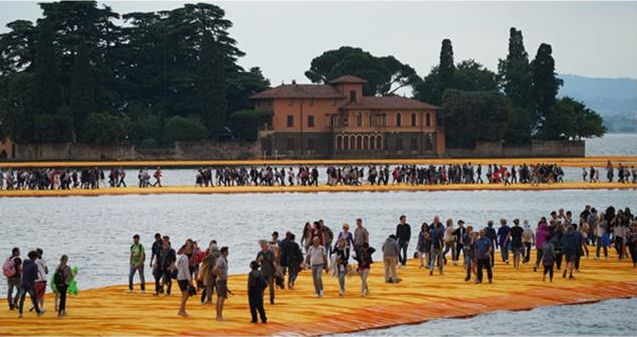
"Who art is set, it's not just environmental. The space is not a simple container but an integral and absolute part of the work. Because the rights of art begin when those of nature end, which is the true dominus: the rights of nature cannot be harmed. If a tree falls, which is part of a work and dialogues with it, we put it back as it is».
It is therefore no wonder that Giuliano was really in mourning, a funeral voice, when I telephoned him to find out if there had also been damage in Celle due to the windstorm, with gusts of up to 190 kilometers per hour , which had struck Tuscany in the night between 4 and 5 March 2015. «Luca, Celle will never be the same again. Hundreds of trees have been cut down and some have fallen on the works». I asked him about that extraordinary couple, a plane tree and a holm oak, who embrace each other, penetrating each other in many points. "Luckily she's safe," he replied brightening. The passion and commitment of the Gori family (XNUMXrd generation) have restored the environment to how it was before the hurricane.
Representatives of the Guggenheim, the MoMA and Kassel come to Celle to contemplate the originality of this place. In which nature is a fruitful mother and daughter lovingly cared for by the Gori. Mother so fruitful as to produce real cultural metamorphoses in the artists. As happened to Bob Morris who, having arrived as a minimalist, left inspired by the Baroque.
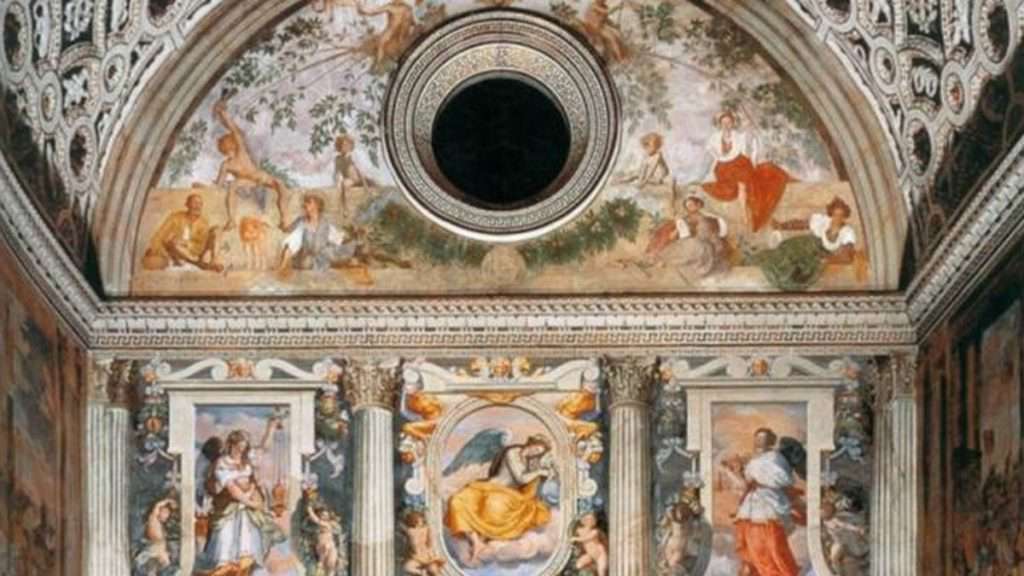
Obviously it is not so much or only the magic of the place, but above all the contagious enthusiasm of Giuliano. That he even managed to get Sol Lewitt to create a work in marble, he who considered it an obsolete material and preferred fiberglass. «Is marble obsolete? You are obsolete! You can't let one material influence your creativity. You have to be able to manipulate all materials.' Richard Serra in Celle has passed from great steel to stone.
The fame of Celle's transformative properties had spread so much that at the gate of the farm, without warning, Leo Castelli, the famous New York gallerist, manager of contemporary art. He wanted to understand what was underneath. «I came for education, says Giuliano, because you ruined them all for me». They took a walk in the park and Castelli recognized that all the works were worthy of the great artists who had created them.
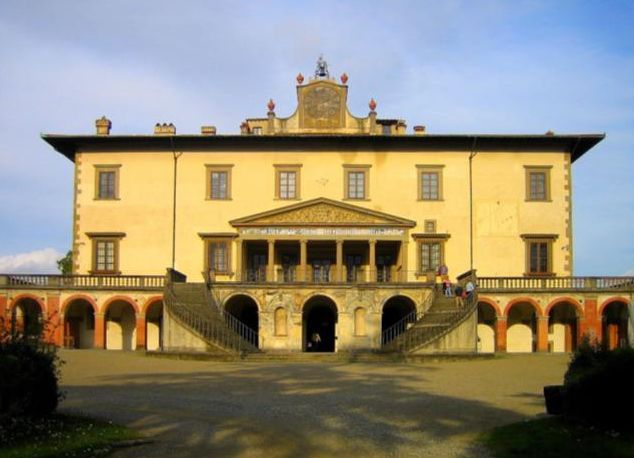
Finally, they went together to visit the Medici Villa of Poggio Caiano, which Gori had the superintendency open to satisfy Castelli's desire to admire the Salone di Leone X, with the frescoes by Pontormo and other Renaissance masters. From there Leo did not return to Celle with Giuliano, but left by taxi for Florence. "I'm afraid you'll change me too, if I stay here."
At almost ninety years old ("I was born in 1930, on August 16, the same day Francesco di Marco Datini died"), Giuliano Gori remains animated by a volcanic creative drive, with a predilection for contamination. Involving to the point that Sandro Veronesi, who had never before ever held the architect's pencil (although his father was an engineer), has created in Celle The greenhouse of poets. "I'm for doing, not saying." Who knows what the next challenge Giuliano will take on will be. It will surely amaze us.

